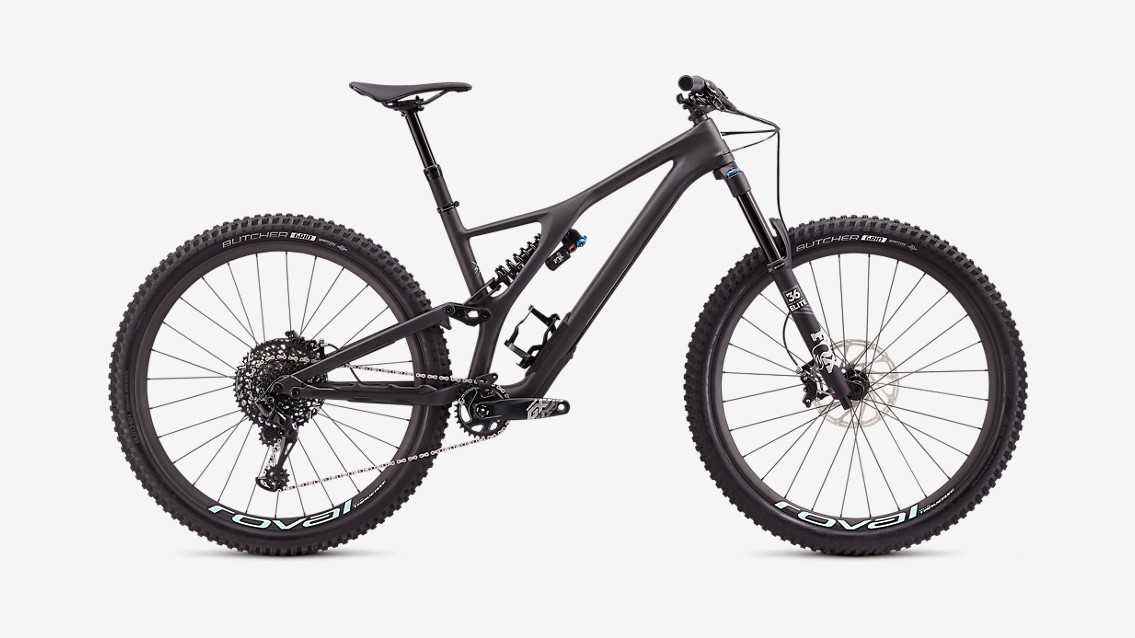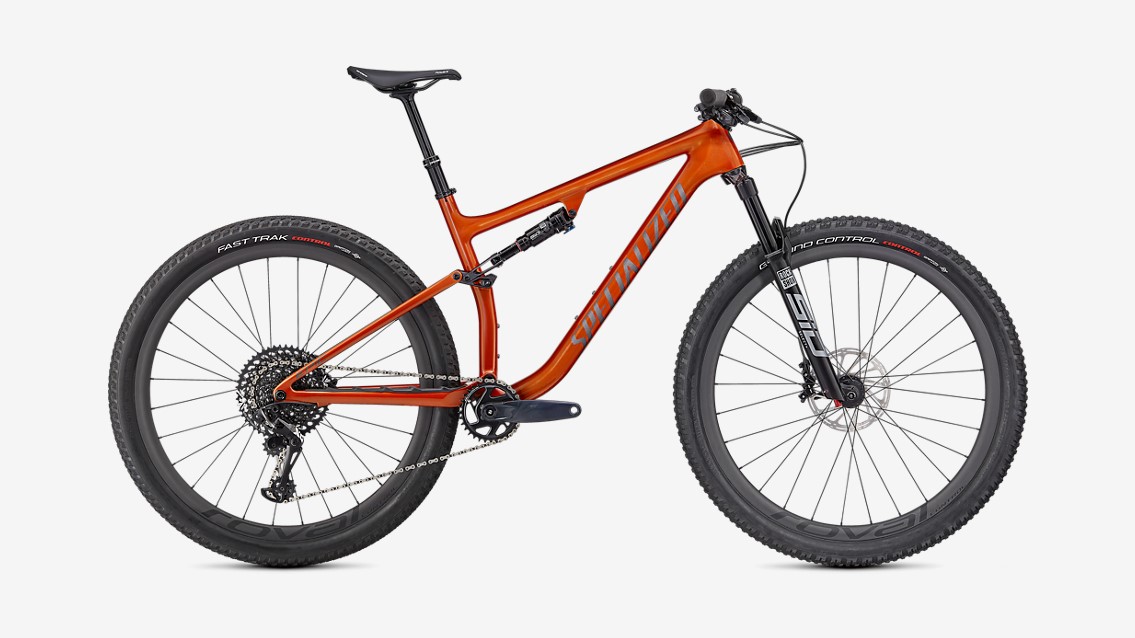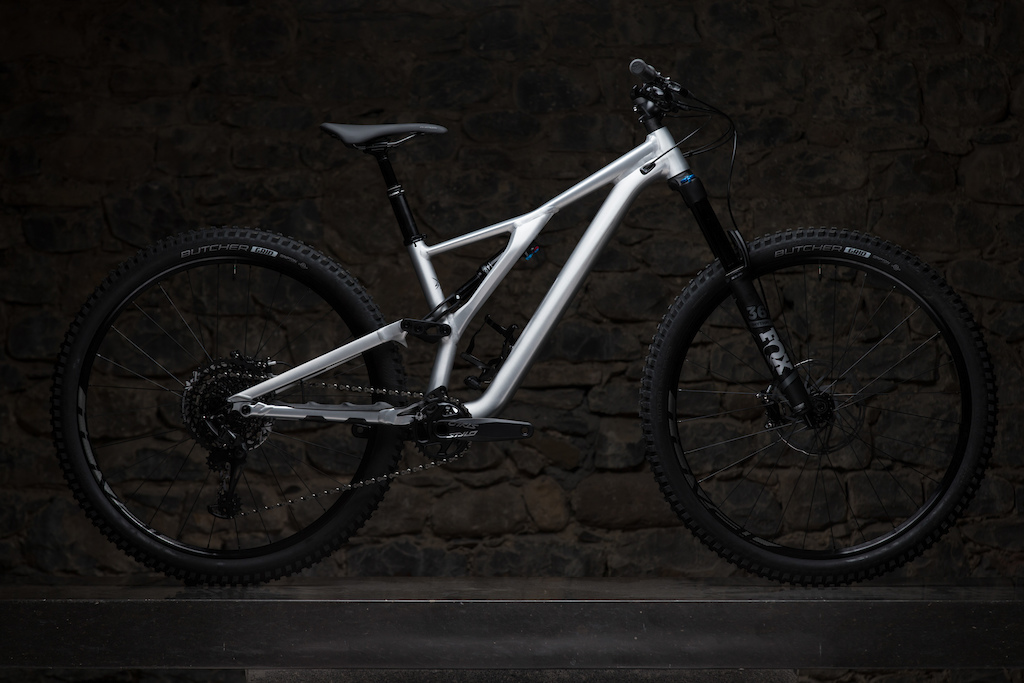The ethos of Specialized's Evo moniker
The Specialized difference between S-Works and Evo, is significant. And generally, misunderstood

Specialized is one of the original American mountain bike brands.
Founded by Mike Sinyard, who remains chairman, it has remained true to its northern California roots. Innovation and ambitious technical awareness has reverberated across the world from the San Francisco area and surrounds. Specialized’s headquarters, in nearby Morgan Hill, is no different.
Able to recruit from some of the world’s best technology training institutions, Specialized is acknowledged as a cycling innovator. It has an enormous product portfolio, spanning everything from kids bikes to arguably the most sophisticated e-bikes available.
The success of Specialized has made it a target for jealousy. Mountain bikers who prefer boutique brands, with much narrower product portfolios, observe Specialized as being too preoccupied with perfection. It lacks the quirkiness which attracts some riders to fringe brands.
For mountain bikes who seek individuality, even at the cost of objectively superior technical speciation and product performance, Specialized has always been a brand of contention. Yet there is no arguing that its deep research and engineering abilities have often brought technologies to market, which are broadly desirable.
The SWAT downtube stowage system on Specialized’s carbon-fibre mountain bike frames, for instance, remains largely unrivalled. An example of its obsession with harvesting every vestige of efficiency, is the presence of a wind tunnel on the company register’s ledger of assets.

Understanding the Evo
The S-Works sub-brand represents the lightest and most expensive mountain bikes produced and marketed by Specialized. But although they garner much attention and are often the subject of fantasy ownership discussions between riders, the true soul of Specialized cycling is found under a different epithet: Evo.
As Specialized’s previous generation Enduro frame was maturing, the most radical variants were Evos. At a time when mountain bikers were starting to experiment with coil shocks again, Specialized configured its Enduro Evos with Öhlins coils.
The S-Works mountain bikes might wear a status appeal unrivalled by many, but for those most discerning riders, there has always been something more progressive about the Evos. Especially if you were willing to forego carbon-fibre for aluminium.
Specialized appears to have unofficially allowed its product planners and designers a great deal more creative freedom with Evo frames. Perhaps the best examples of this, are Specialized’s current Epic and Stumpjumper Evos.

No corporate geometry number here
When Specialized radically redesigned its Stumpjumper dual-suspension frame in 2018, trail riders were thrilled.
With its X-brace frame design, the new Stumpjumper promised excellent lateral rigidity. This is exactly what you want when blitzing through rock gardens or attempting to keep true to that intended line choice, rounding a technical and rooty off-camber corner.
Amongst the derivatives Specialized offered with its new Stumpjumper, was an Evo. And it illustrated the argument that beyond its perceived corporatism, Specialized is never afraid to dare (and dream) with its Evo bikes.
These first 2019 model year Stumpjumper Evos were aluminium, instead of carbon, making them more affordable. As the long-slack-low geometry logic started permeating every segment of mountain bike design, Specialized delivered a frame which was absolutely on-trend.
With a 63.5-degree head angle, the Specialized Stumpjumper Evo has extraordinarily daring geometry. For critics for the brand, the Stumpjumper Evo has been a silencing product moment.
Here was an aluminium frame, at a fair price point, with the mixture of angles and measurements that even the most ardent trail and enduro mountain bikers could only imagine when fooling around with CAD software.
The aluminium Stumpjumper Evo was never intended to be a volume seller. But it revealed something about the unheralded sense of adventure, that is present within the enormous Specialized product matrix.
A year on from its debut, Stumpjumper Evo has now been expanded to 29er wheels and carbon-fibre frame construction, for both wheel sizes.
What is the point of it all? Specialized receives a lot of weakly defined brand indifference, most of it triggered by the perceived elitism of its S-Works bikes. This ignores the potential of its more daring Evo bikes.
Once you recognize the value of these Evo derivatives (Stumpjumper and Epic), there is a realisation. A simple truth... Beyond the wind tunnel testing and trick Brain marathon bike suspension tech, Specialized has a more core mountain bike offering than most ever give it credit for.

Lance Branquinho is a Namibian-born journalist who graduated to mountain biking after injuries curtailed his trail running. He has a weakness for British steel hardtails, especially those which only run a single gear. As well as Bike Perfect, Lance has written for MBR.com, Off-Road.cc and Cycling News.
